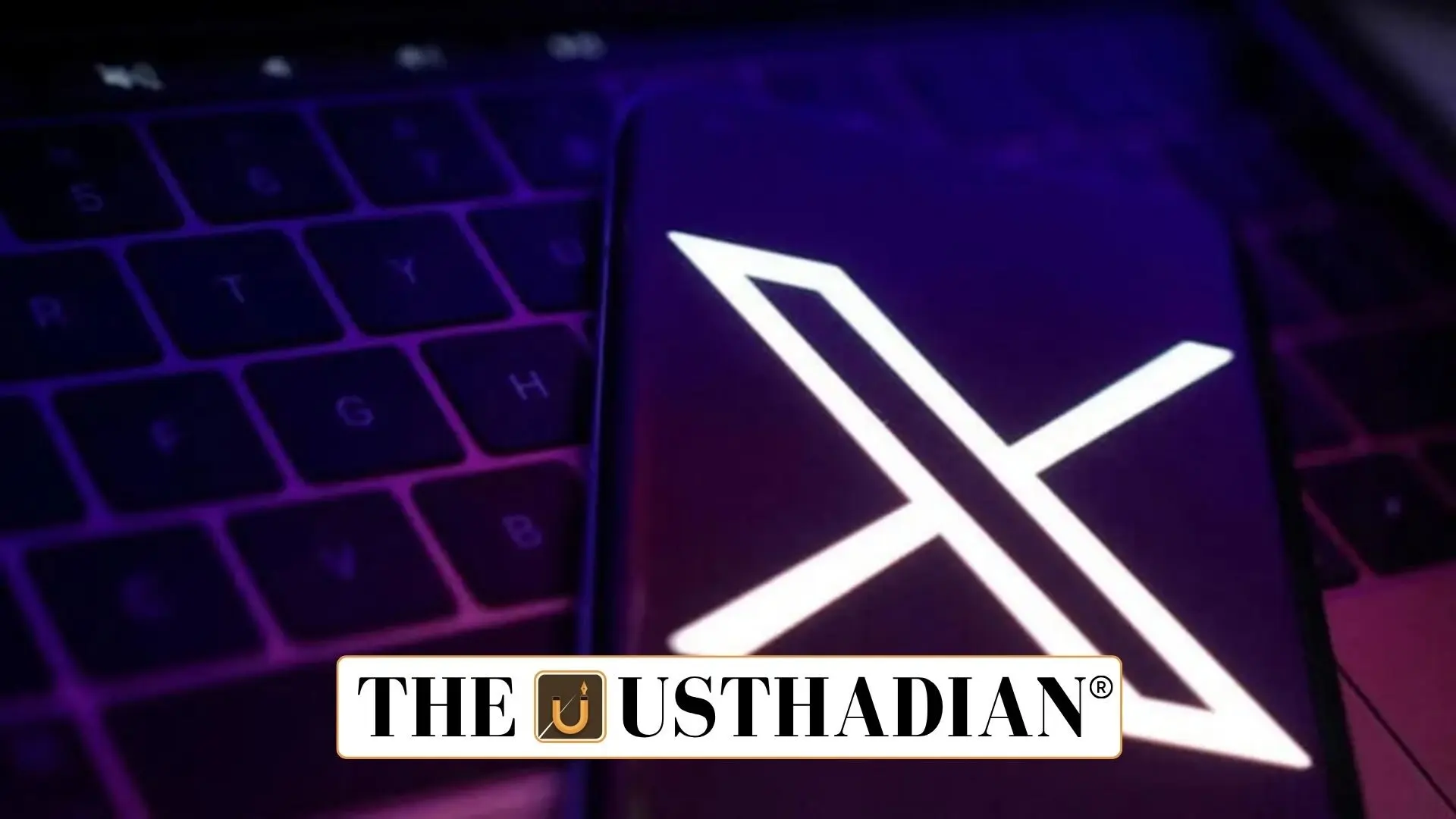The Legal Showdown Begins
X vs Government of India: Legal Battle Over Online Free Speech and IT Rules: In a landmark digital rights case, social media platform X (formerly Twitter) has filed a legal petition in the Karnataka High Court against the Government of India’s interpretation of Section 79(3)(b) of the Information Technology Act. The platform, now owned by Elon Musk, argues that the government is using content regulation powers in a way that violates free speech protections and bypasses legal safeguards. This conflict follows X’s refusal to join the Sahyog portal, a government-run initiative meant to streamline communication between social media platforms and law enforcement agencies.
What Is the Sahyog Portal?
The Sahyog portal, launched by the Ministry of Home Affairs, was built to enhance digital safety by automating content takedown requests under the IT Act. It connects police and agencies directly to social media platforms, issuing notices for content removal deemed unlawful. While 38 platforms have joined, X remains the only major outlier, arguing that it already has its own global cybercrime handling protocols. Critics warn the portal could enable unchecked censorship without judicial review.
X’s Legal Challenge to IT Law Interpretation
X’s petition claims that the government’s interpretation of Section 79(3)(b) creates room for arbitrary takedown requests, undermining the structured review process established under Section 69A. According to X, content can be removed without the procedural transparency required by law. The platform leans heavily on the 2015 Supreme Court Shreya Singhal judgment, which held that only content blocking under Section 69A, with proper review, was constitutionally valid. X says the Sahyog portal allows bypassing these checks, which they argue is unconstitutional.
The Broader Impact on Digital Freedom
This case could reshape how India balances online safety with freedom of speech. If X’s challenge succeeds, it may force greater accountability and due process in issuing content takedown notices. If it fails, digital platforms might face more stringent obligations, potentially curbing online expression. As more global companies scrutinize India’s tech regulations, the verdict could also affect investor confidence and data governance standards in the country.
STATIC GK SNAPSHOT
X vs Government of India: Legal Battle Over Online Free Speech and IT Rules:
| Aspect | Details |
| Platform | X (formerly Twitter) |
| Legal Action Filed At | Karnataka High Court |
| Government Body Involved | Ministry of Home Affairs, Government of India |
| Law in Question | Section 79(3)(b) and Section 69A of the IT Act |
| Platform’s Argument | Arbitrary censorship; violation of due process; undermining Shreya Singhal |
| Sahyog Portal Purpose | Automated interface for law enforcement to request content takedowns |
| Supreme Court Precedent | Shreya Singhal v. Union of India (2015) |
| Joined the Sahyog Portal | 38 social media platforms (excluding X) |
| Legal Importance | Balancing online safety and freedom of expression in India’s digital space |








